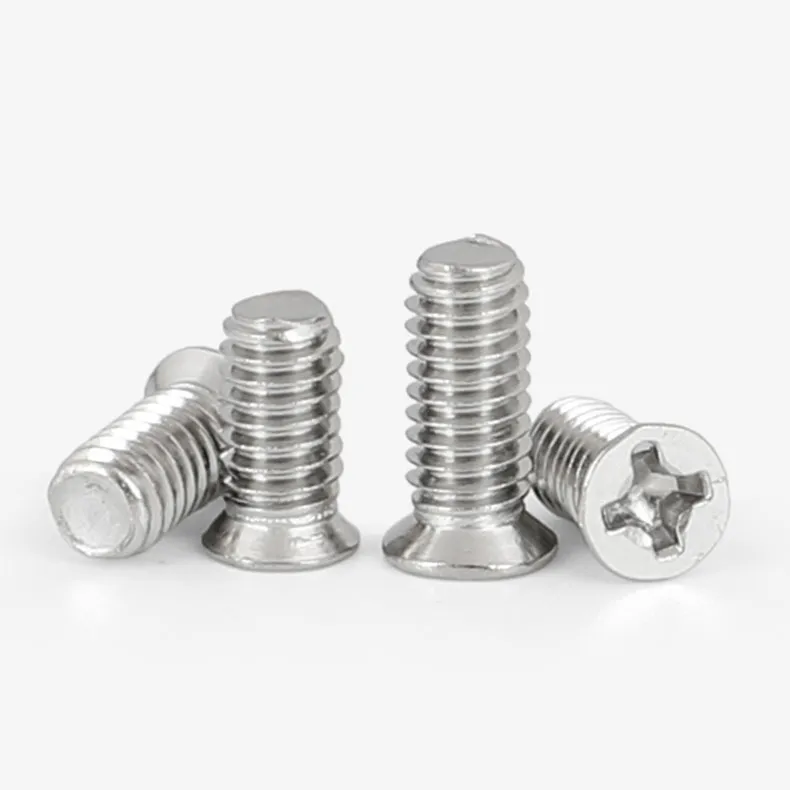

High-Quality Large Diameter Stainless Steel Washers for Industrial Applications and Projects
Aug . 09, 2024 03:45 Back to list
High-Quality Large Diameter Stainless Steel Washers for Industrial Applications and Projects
Understanding Large Diameter Stainless Steel Washers
In the realm of construction, manufacturing, and mechanical engineering, the importance of washers cannot be overstated. Among the various types of washers available, large diameter stainless steel washers stand out due to their unique properties and versatile applications. This article aims to explore the characteristics, applications, and benefits of these essential components.
What Are Large Diameter Stainless Steel Washers?
Large diameter stainless steel washers are metallic discs, typically crafted from high-quality stainless steel, designed to distribute the load of a threaded fastener such as a bolt. Their larger size allows them to spread the load over a broader area, reducing the risk of damage to the surface beneath the fastener and ensuring a secure connection. These washers are often used in applications where strength and durability are paramount, making them ideal for heavy-duty use.
Characteristics of Stainless Steel Washers
The choice of stainless steel as the material for these washers is significant. Stainless steel is renowned for its excellent corrosion resistance, strength, and aesthetic appeal. This makes it an ideal choice for applications exposed to harsh environmental conditions, such as marine environments, outdoor projects, and industrial settings. Moreover, stainless steel washers can withstand high temperatures and are less prone to rust and oxidation compared to other materials.
Large diameter washers, in particular, are engineered to handle substantial loads. Their larger surface area not only enhances the load distribution but also minimizes the risk of deformation under heavy use. Additionally, the smooth finish of stainless steel washers helps in achieving a secure fit, reducing the chance of slippage or loosening over time.
Applications of Large Diameter Stainless Steel Washers
large diameter stainless steel washers

The applications of large diameter stainless steel washers are diverse. In construction, they are commonly used in structural assemblies, where bolts and screws hold heavy components together. These washers help in maintaining integrity by ensuring that the load is evenly distributed, thereby preventing failures due to excessive pressure on smaller fastening points.
In the automotive industry, these washers are essential components in engine assemblies, suspension systems, and transmission mounts, where they safeguard against vibrations and shocks while providing stability. Similarly, in the manufacturing sector, they play a critical role in machinery assembly, where reliability and durability are crucial.
Additionally, large diameter stainless steel washers are frequently utilized in DIY projects and home improvement tasks due to their versatility. From securing furniture to reinforcing outdoor structures, they provide a robust solution to a wide range of fastening needs.
Benefits of Using Large Diameter Stainless Steel Washers
The benefits of using large diameter stainless steel washers are manifold. The most significant advantage is their ability to effectively distribute loads, which enhances the overall stability and longevity of the assembly. They also offer resistance to corrosion and rust, ensuring that projects remain structurally sound over time, even in challenging environments.
Another important benefit is the reduced risk of damage to surfaces. By spreading the load over a larger area, these washers lessen the likelihood of indentations or tearing on softer materials, preserving the integrity of the assembly. Moreover, the aesthetic appeal of stainless steel can contribute to the overall look of the finished product, making it an excellent choice for visible applications.
Conclusion
In summary, large diameter stainless steel washers are indispensable tools in various industries, offering durability, strength, and versatility. Their ability to distribute load effectively while resisting corrosion ensures that they are a reliable choice for both professionals and DIY enthusiasts. As we continue to explore advancements in materials and engineering, the role of these washers will likely evolve, reflecting the ongoing quest for efficiency and sustainability in mechanical design.
Latest news
-
Hot Dip Galvanized Bolts-About LongZe|High Strength, Corrosion Resistance
NewsJul.30,2025
-
High-Strength Hot Dip Galvanized Bolts - Hebei Longze | Corrosion Resistance, Customization
NewsJul.30,2025
-
Hot Dip Galvanized Bolts-Hebei Longze|Corrosion Resistance&High Strength
NewsJul.30,2025
-
High-Strength Hot-Dip Galvanized Bolts-Hebei Longze|Corrosion Resistance&High Strength
NewsJul.30,2025
-
Hot Dip Galvanized Bolts-Hebei Longze|Corrosion Resistance&High Strength
NewsJul.30,2025
-
Hot Dip Galvanized Bolts - Hebei Longze | Corrosion Resistance, High Strength
NewsJul.30,2025

